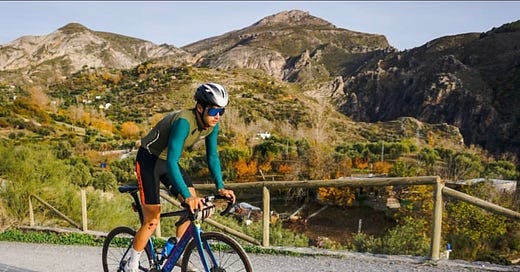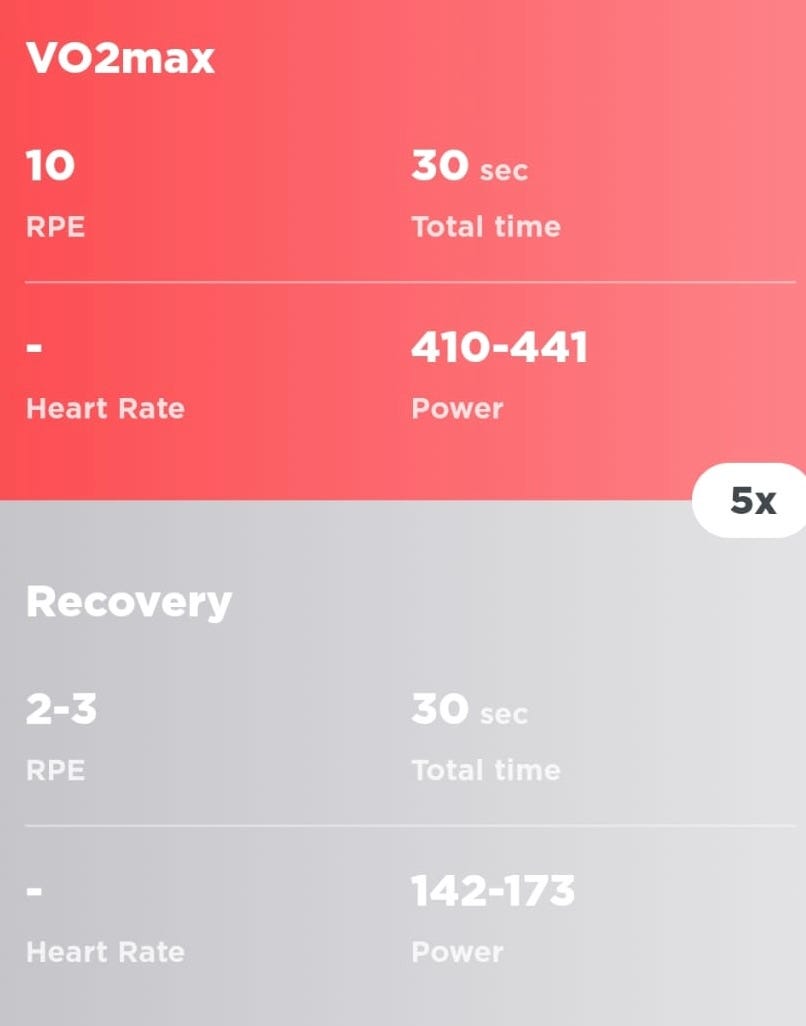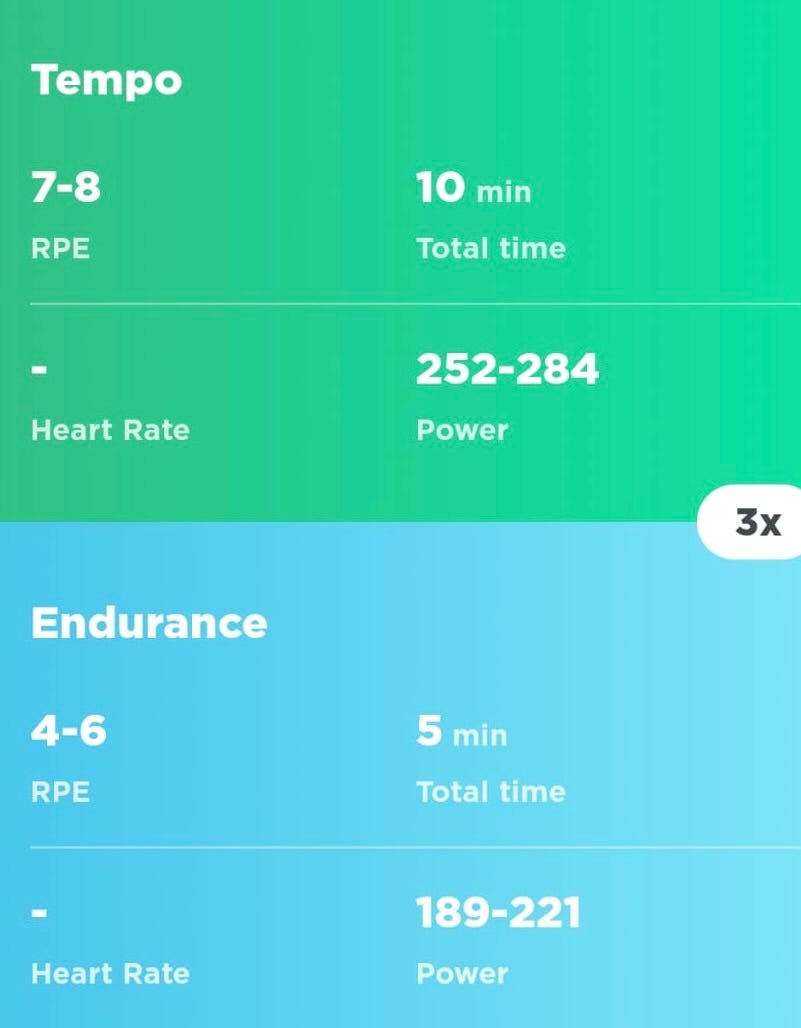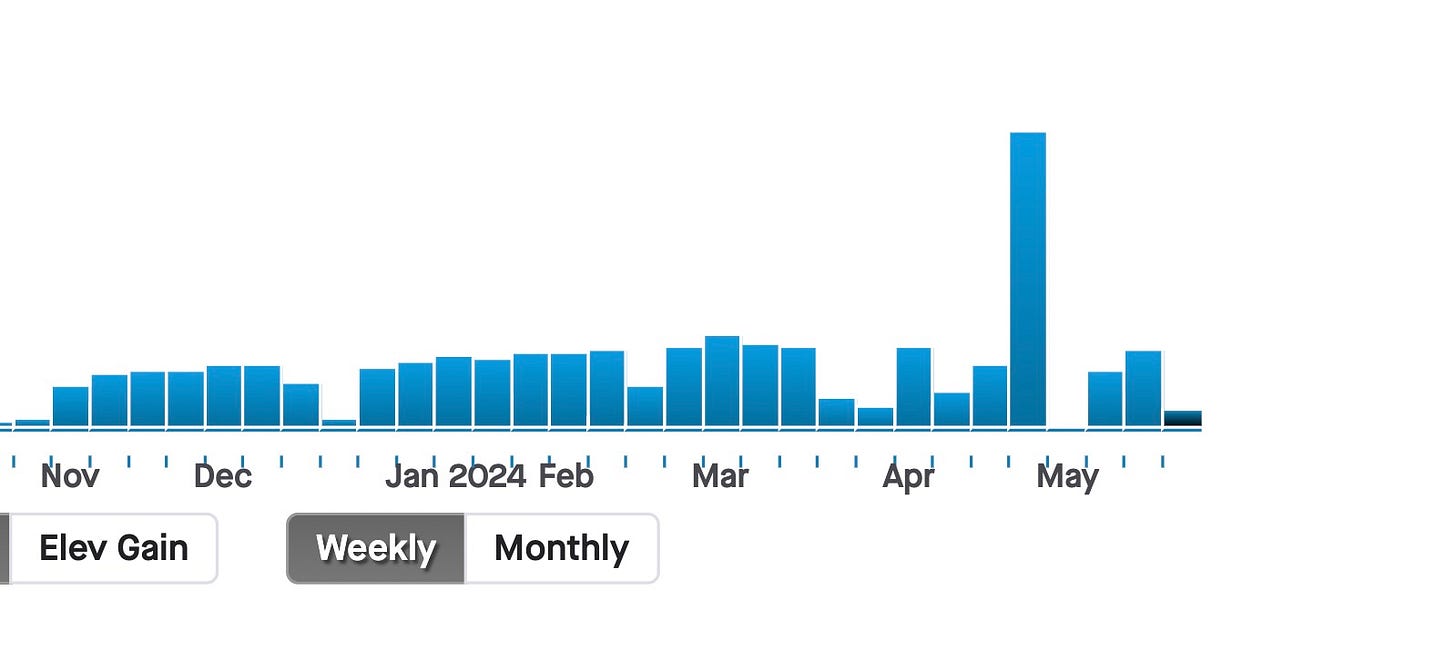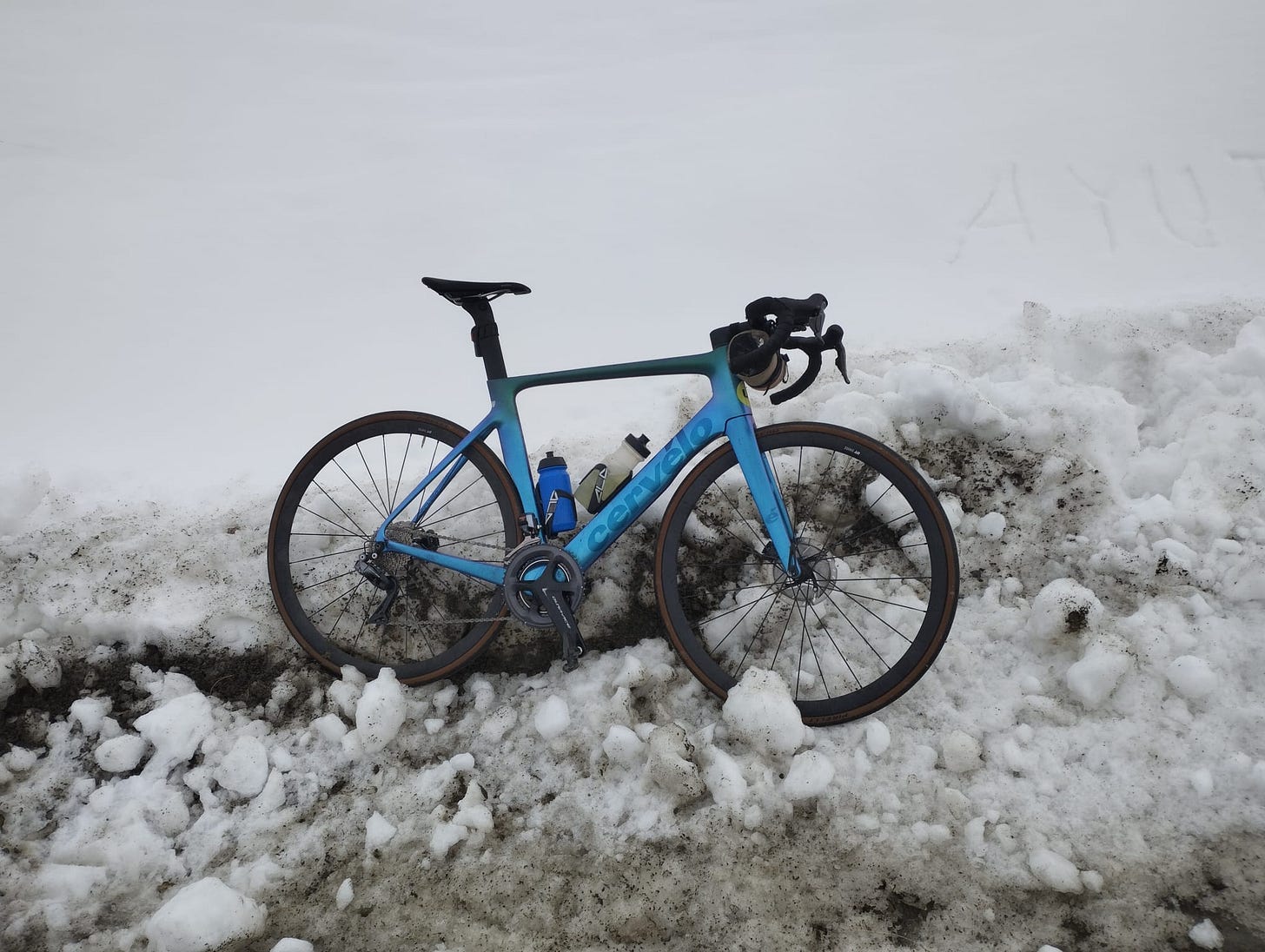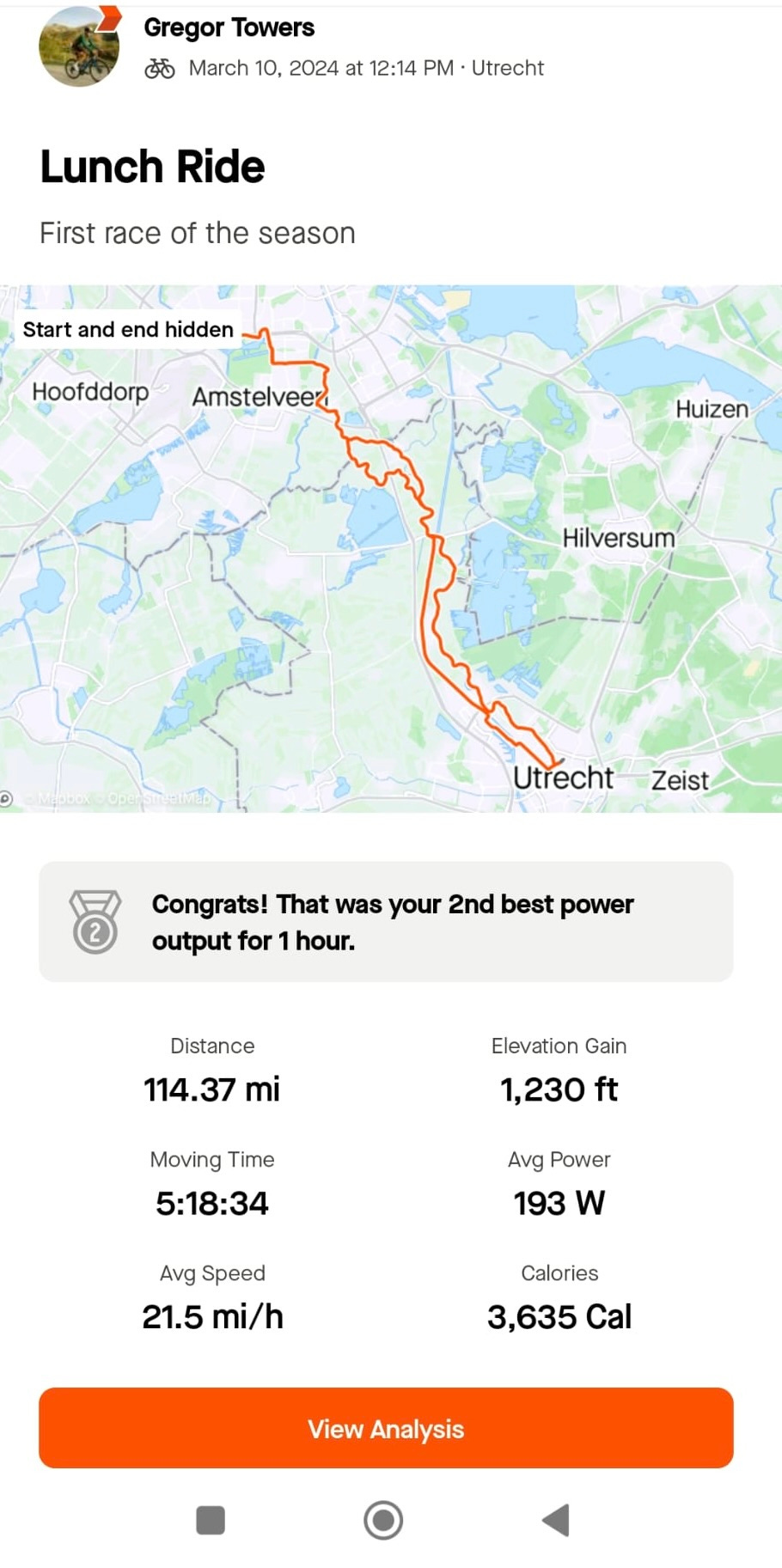Perfect your ultra cycling training strategy & avoid my biggest mistake
Training for ultra cycling races is somewhat of an elusive topic. There’s limited information on exactly which training sessions to prioritise and how much time you need to spend on the bike.
I’d put this down mostly to the fact that A. it’s a fairly new cycling discipline, B. not many people know and C. the top athletes won’t reveal their strategy.
There’s a lot of talk about good rest and long endurance rides, but for athletes taking on adventure races, it’s not enough to know how to structure your training and which pitfalls to look out for.
That’s why everything you’re about to read is focused on transparency into my daily, weekly, monthly and yearly training in the run up to ultra races. Here’s the key insights you’ll take away to create your own long distance cycling training plan.
Every session I train in a week
How many hours you should ride each week
When you should take a rest week (and a slightly controversial opinion)
Why riding volume is the key to finishing ultras faster
5 key training principles you need to prioritise
4 week training blocks hit the sweet spot
If you want to be fully fit for an ultra bike race then your training needs to be built on consistency. This gives you the biggest chance of steadily building up fitness and conditioning your body and mind to cycle large distances.
And for me, 4 week training blocks hit the sweet spot due to one key element - repeatability. It’s the perfect amount of time to push, but not exhaust my body, and make substantial fitness gains.
So here’s how the first 3 weeks in every block would look like:
Monday
This is a rest day for me. Usually I’m recovering from the weekend training and I’ll do one easy hour of cycling at 180-200 watts.
Tuesday
Once my body is fully recovered, I focus on VO2 max intervals. Although ultras are about endurance riding, you still need speed in the legs if you want to finish at the top end of races.
Here’s a VO2 max session I often train - note that I do 3 sets:
Wednesday
Two intensity zones you need to train several times per week is tempo and threshold. Once you build up these zones, you’ll be able to hold higher wattages over longer distances.
Typically on a Wednesday, I’ll do a simple 2:30 hour session with 3 longer tempo or 3 shorter threshold sets:
Thursday
I’d never do 3 days of intensity in a row. On this day, I ride in zone 2 at 200 watts between 2-3 hours and reset my body for the weekend.
Friday
Just before the longer rides at the weekend I’d fit in an endurance ride. This is at least 3 hours long and at most 5 if I have time, ranging from 80-140km.
Saturday & Sunday
Now the weekend is where you really have to commit and be ready for some sore legs. This is the time when you need to ride back-back long rides to increase your fatigue resistance. A long ride I’d define as 5 hours plus.
Typically the first training ride is manageable and the second session on the Sunday is more difficult. But these rides are really important because, like an ultra race, they teach your body to perform under stress, become accustomed to fatigue and recover.
Once you get comfortable with consecutive long rides, I’d start adding tempo or threshold intervals with some short sprints on Saturdays to add extra fatigue to your legs. For example, you could do 3x 5mins at threshold with 10 second sprints at the start of each block.
Here’s an example of my training on a weekend:
Extra points on my weekly training
Every training session I do is based on the watts generated by my power meter (PM) and I’d highly recommend buying one - you can get a 2nd hand Shimano 105 PM fairly cheap.
Once you’ve calculated your Functional Threshold Power (FTP), you can train in the really specific zones that boost your performance in ultra races. Plus during the races themselves, you know exactly how hard you’re riding.
I’m also using the AI-powered training app called Join to plan my sessions. While it’s great for detailing intervals, it’s quite limited for ultra training because the sessions don’t exceed 5 hours and it doesn’t take into account how you’re feeling on a particular day. Next year, I’ll be switching to a full time human coach for better training results.
Now let’s take a look at what SHOULD happen in the 4th week of every block.
Recovery in the 4th week: my biggest training mistake
If you take anything away from this blog, just keep in mind how much I nearly wrecked my body to the state of chronic fatigue and destroyed my Race around the Netherlands.
So remember, there’s 4 weeks in one training block, and the first 3 weeks are made up of different interval sessions and high volume. But the 4th week of every block should be a rest week.
Me being me, the reason for which I’ll detail below, decided to ignore rest weeks and do 2 ridiculously long training blocks, one for 7 weeks starting in November and another 7 weeks starting in January.
And the only reason why I took a rest week after the first block was because of Christmas.
I cannot overemphasise how detrimental this training was for my physical state. While I was accumulating huge fitness gains with 20 hour training weeks, I wasn’t able to consolidate the gains.
You can see that in March I started another block after being forced to take a rest week because I was so tired. Then for the Easter holidays I took two weeks off - again exhausted - came back and I still hadn’t recovered.
When I tried again in April - look at the spike - I was totally ruined and borderline chronically fatigued. Even going to work was difficult and I couldn’t ride for more than two hours.
I did manage to recover for Race around the Netherlands and pull off a really strong performance but it took 4 weeks of recovery which isn’t ideal and if the race had been one week earlier, I may not have finished.
Now I’ll give a slightly controversial take on recovery. A lot of training advice is focused on rest and protecting your body, but not many acknowledge that there’s 2 ends of the spectrum.
I’d argue that you need to know what overtraining feels like so you can find the right balance and back off. If you never cross the threshold and stay in a safe zone, you’ll never know how much you should push your body.
So for me, moving forward, I’ve crossed that line and I won’t be crossing it again. I’ll be using the 4th week in every block to recover by reducing my training by half and removing all intensity apart from a few sprints.
5 ultra endurance key training principles
Here’s a few general tips for ultra cycling training and some extra sessions to increase your performance.
1. Stick to zone 2 at all costs
In every training week the balance between zone 2 riding (endurance) and intensity should be 80/20, sometimes 90/10. Basically, high volumes of slow riding is king and the more you “ride, ride, ride your bike” (Eddy Merckx), the more muscle memory you’ll build and the further you will be able to cycle.
Often, when I’m out riding, a couple of middle-aged men overtake me with their head down and motoring along at a high speed, but they’re cycling in a dead zone i.e. tempo or threshold.
Now this isn’t a problem if you ride 6 hours per week, but if you want to train 20 hours per week, you need the discipline to know and stick to your zone 2. Why? Because this is how you build a huge endurance engine and aerobic capacity.
2. Train 15-20+ hours per week
15-20 hour weeks is the sweet spot for my training. Anything below 12 hour training weeks isn’t going to optimally prepare your body for long distances and I’d recommend aiming for 15 hours +.
This weekly riding time will condition your body to respond well to fatigue e.g. lack of sleep, tiredness from work and consecutive days riding.
But this also depends on how often you’re riding your bike now. If you usually cycle 6 hours per week, gradually increase to 8 or 10. Don’t jump straight to 15 hours because you’ll exhaust your body and collapse.
3. 100 miles (162km) is the golden distance
162km is a ride I train at least once per week. This is the perfect distance because it’s neither too long, nor too short. Once you get comfortable riding 100 milers, you’ll build confidence, a solid base and the ability to cycle longer distances.
4. Get a head start in winter
Rain, mud and snow…Dutch and British winters are grim. While this will build up your mental resilience, it’s not ideal for riding volume and prepping for the season.
I’d highly recommend spending two months abroad in a warm climate. You can build the base miles and get an advantage on other riders who become dormant during winter or only ride on the turbo trainer.
5. Speed in the legs
Even though ultra races are long endurance distances, you still need anaerobic capacity and explosiveness in the legs.
Having this speed gives you a big advantage in ultra cycling if you need to make a ferry crossing, pick up food from a supermarket before it closes and most commonly, finish a race full gas to overtake people.
That’s why I ride a criterium race once per month to practice sprinting and riding at higher speeds.
What would you change in my training?
So that’s my training strategy in a nutshell. It’s not perfect and there are additions I’ll be making for next season e.g. a coach and gym sessions, but I am getting stronger, making significant fitness gains and finishing at the top end of races.
Subscribe for more of this content below and comment your thoughts on my training as well as any other topics I should tackle.

